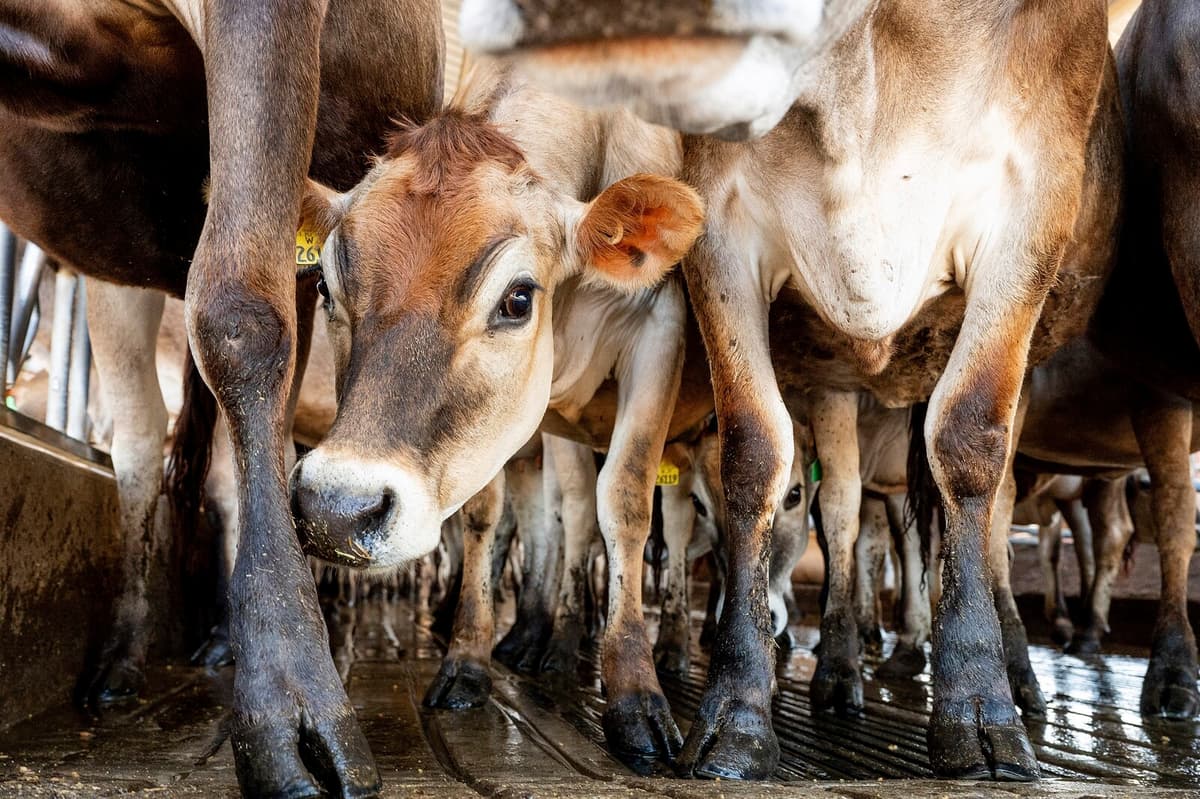The spotlight is often directed at the well-known climate villain carbon dioxide – despite methane having a greater warming effect in the atmosphere. Over 150 countries have, however, signed a promise, the Global Methane Pledge, to reduce emissions of the potent greenhouse gas by 30 percent by 2030.
Despite this, the world has not pressed the brake. On the contrary, global methane emissions over the past five years have increased faster than ever before, according to the international research project Global Carbon Project.
The concentration of methane in the atmosphere is now more than 2.6 times higher than during pre-industrial times, according to the researchers' calculations.
Missing the target?
With the current emission scenario, the world is heading towards a warming of over 3 degrees by the end of the century, according to the researchers. This is far beyond the goals set within the Paris Agreement to mitigate the most devastating consequences of climate change.
Right now, the goals of the Global Methane Pledge seem as distant as an oasis in the desert. We all hope they are not a mirage, says Rob Jackson, professor at Stanford University in the USA and lead author of an article written by the researchers in Environmental Research Letters.
Methane comes from natural sources such as wetlands or from human sources such as agriculture, burning of fossil fuels, or rotting waste on landfills. During the first 20 years, the impact of methane gas on the atmosphere is around 80 times greater than that of carbon dioxide, but it breaks down faster.
Broad increase
This opens up an opportunity to significantly reduce climate impact in the short term. But despite greater political focus, the concentrations of the gas in the atmosphere are still increasing. On average, the atmosphere was supplied with 6.1 million tons of methane per year during the 2000s, which increased to 20.9 million tons per year during the 2010s and reached 41.8 million tons in 2020, according to the researchers.
Anthropogenic emissions have continued to increase in almost all other countries in the world, with the exception of Europe and Australia, which show a slowly decreasing trend, says Pep Canadel from the Global Carbon Project to the news agency AFP.
The largest emission increases are attributed to China and Southeast Asia, which the researchers primarily link to coal mining, oil and gas production, and landfills. The weather phenomenon La Niña has also led to an increase in methane from natural sources, according to their conclusions.
The main cause of the warming of the Earth's climate is the change in the chemical composition of the air that humans cause through emissions of greenhouse gases, primarily carbon dioxide.
Besides carbon dioxide, we release several other greenhouse gases, primarily methane and nitrous oxide. Methane, for example, seeps out from landfills and rice cultivation, and cows and sheep release the gas when they ruminate. Methane is a main ingredient in fossil gas (natural gas) and can leak out during extraction and transport.
Source: The Swedish Environmental Protection Agency





